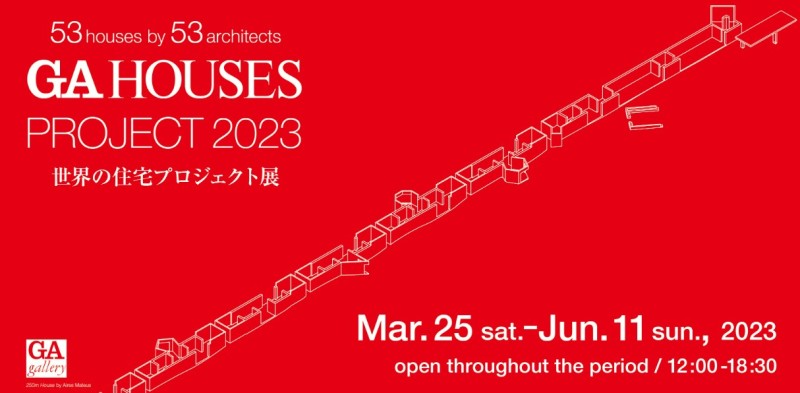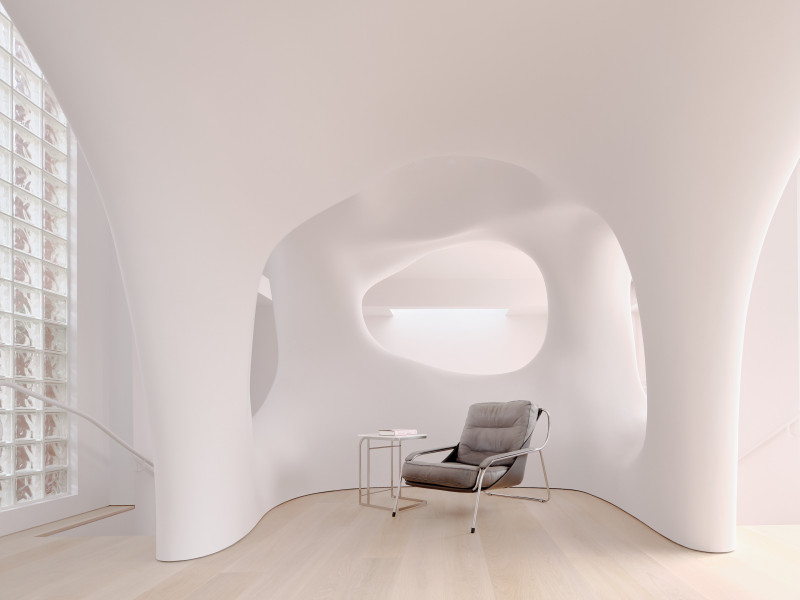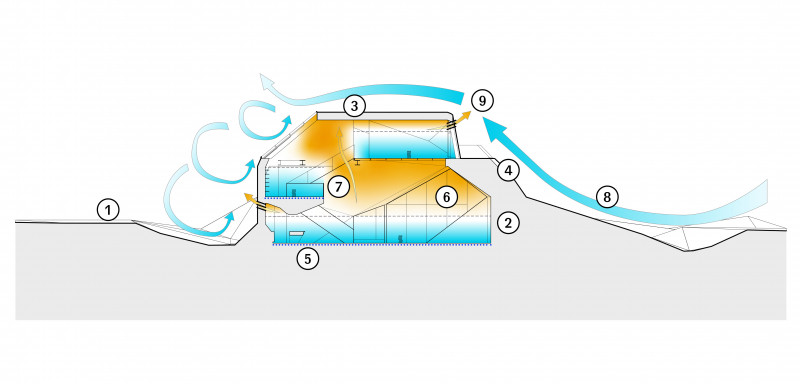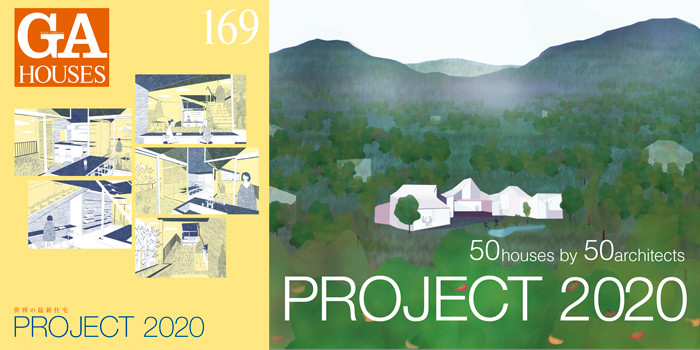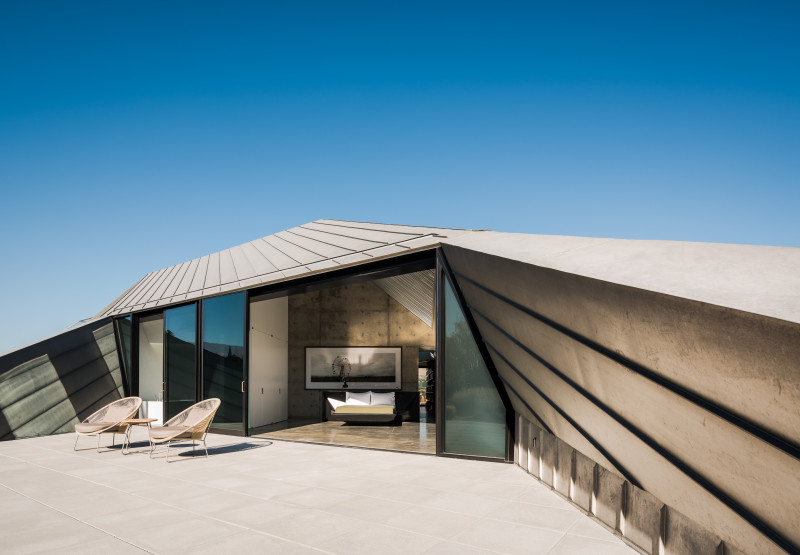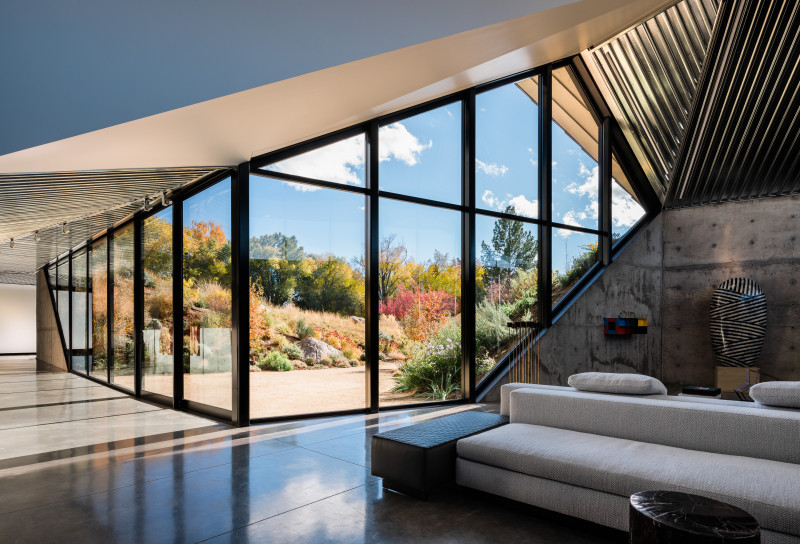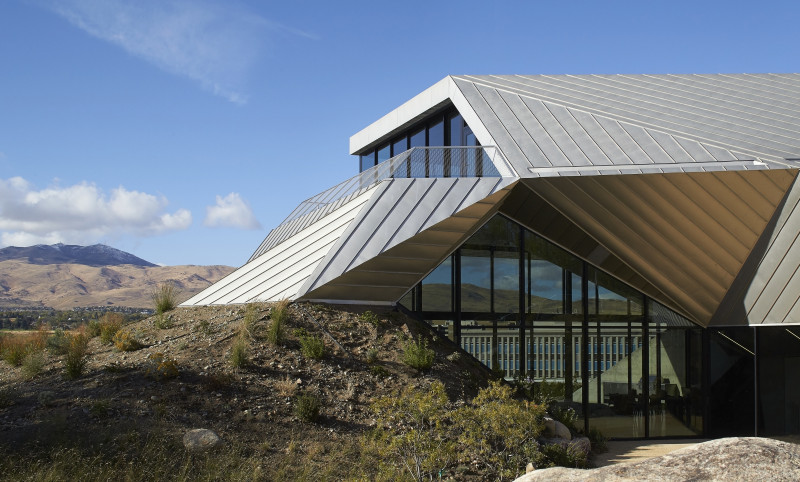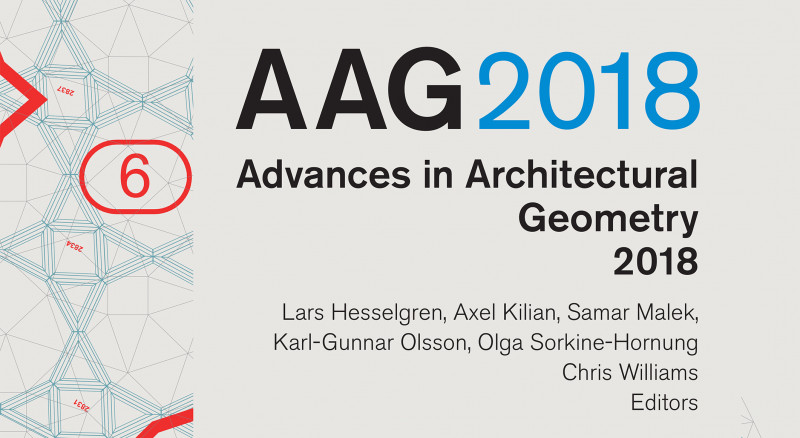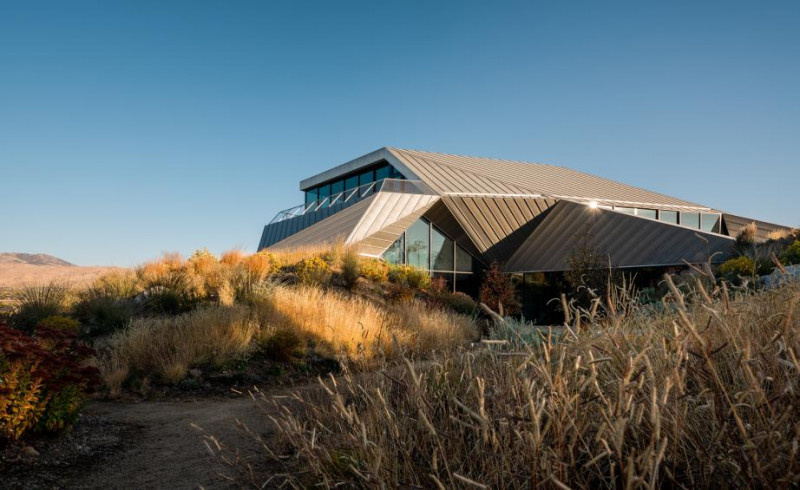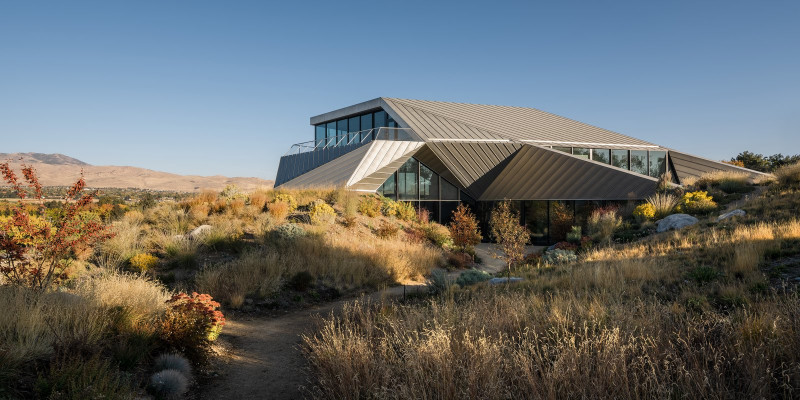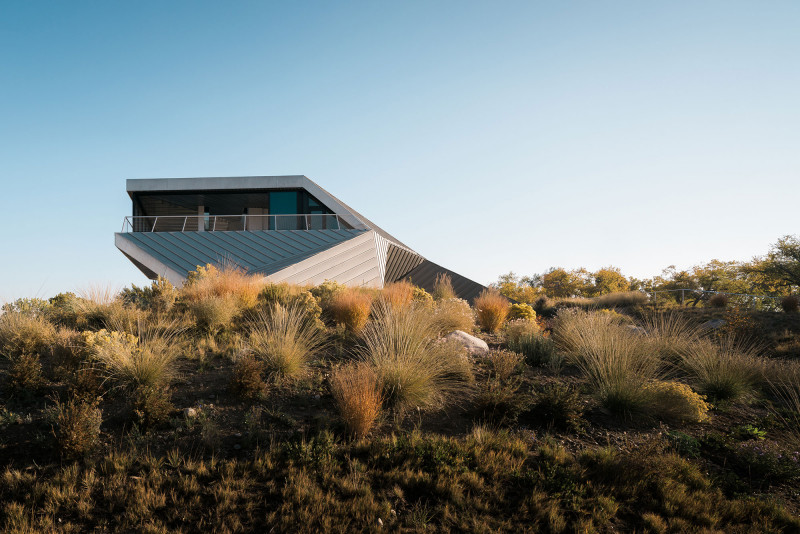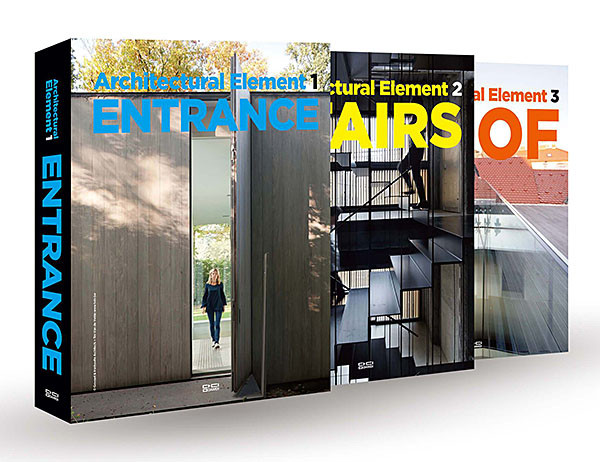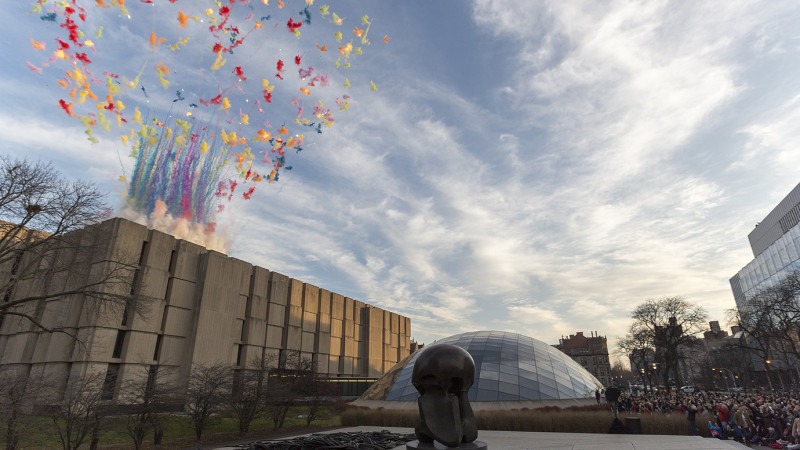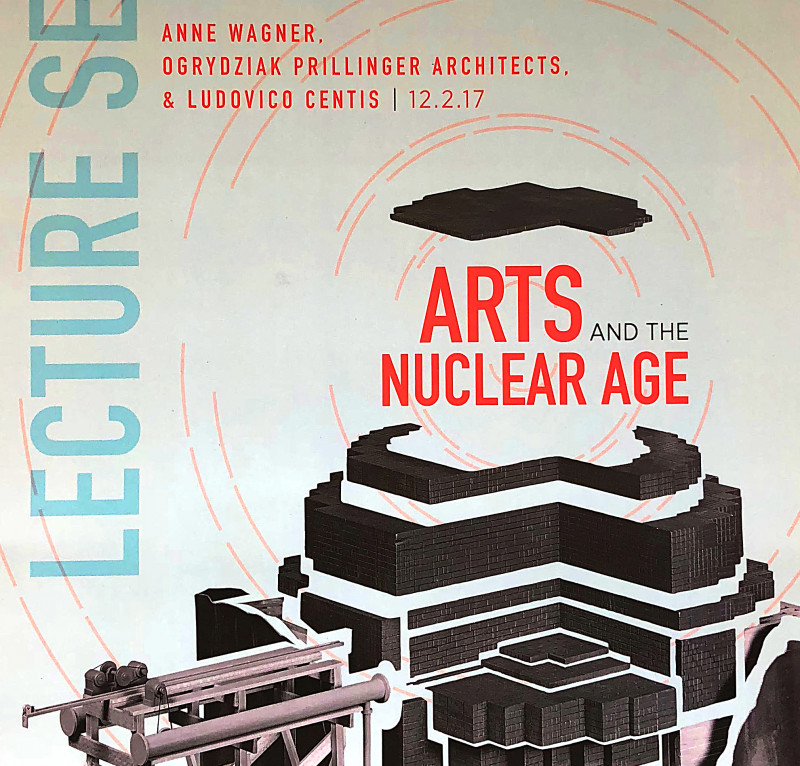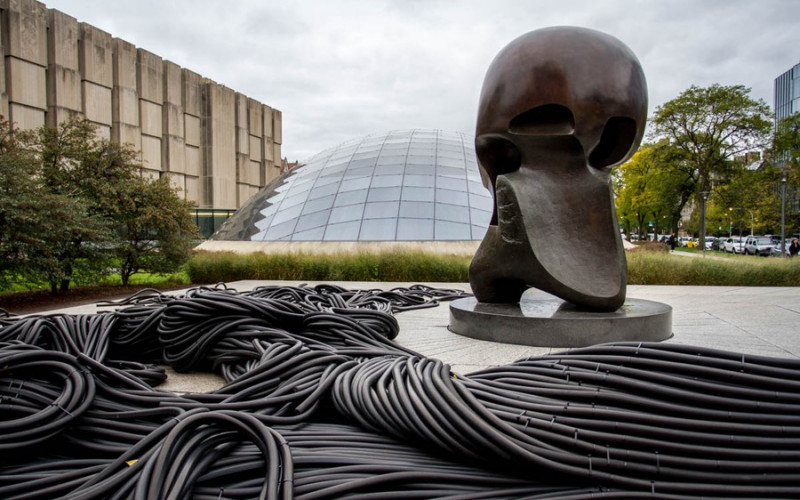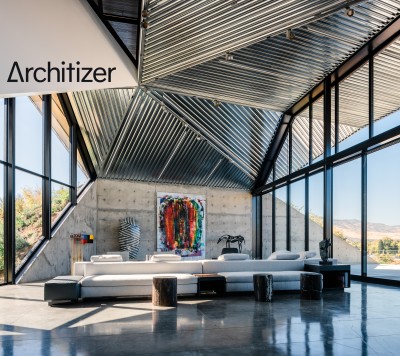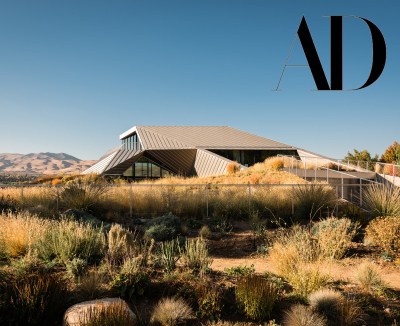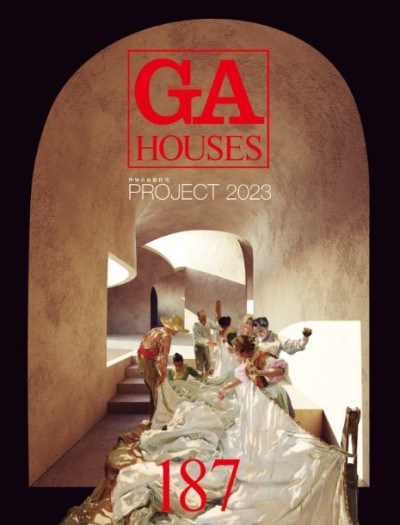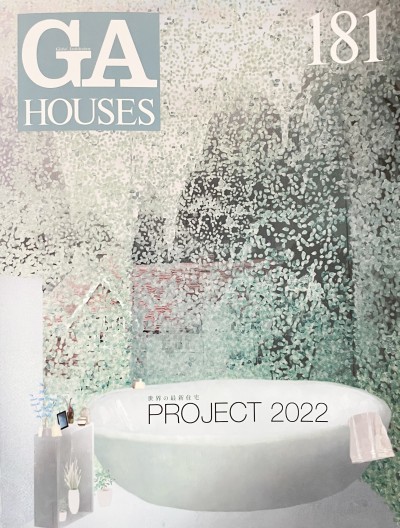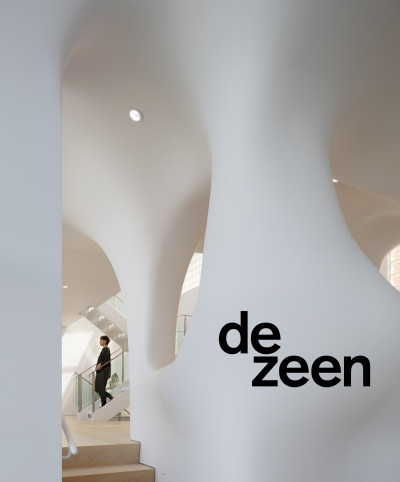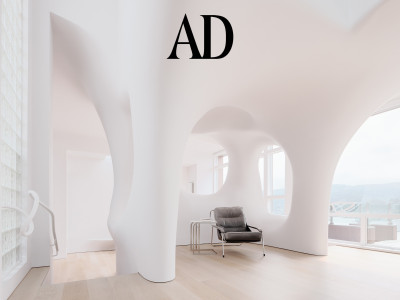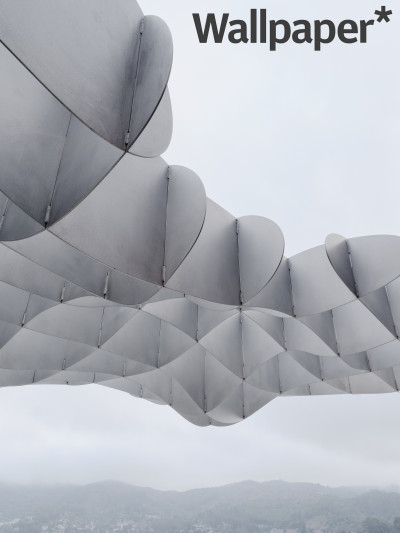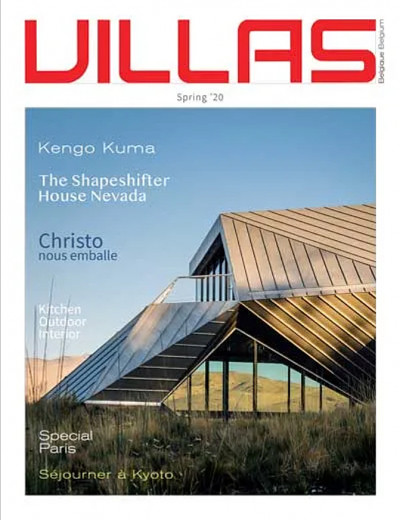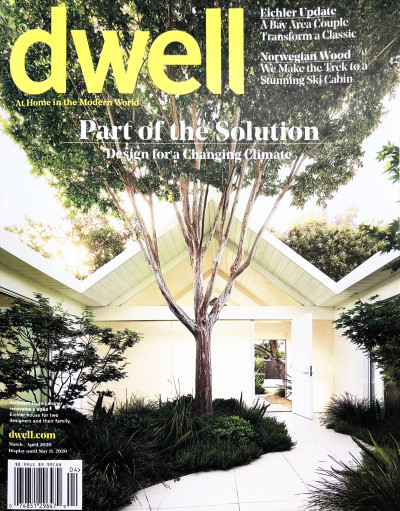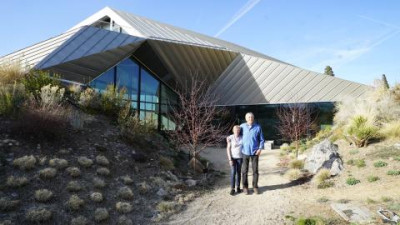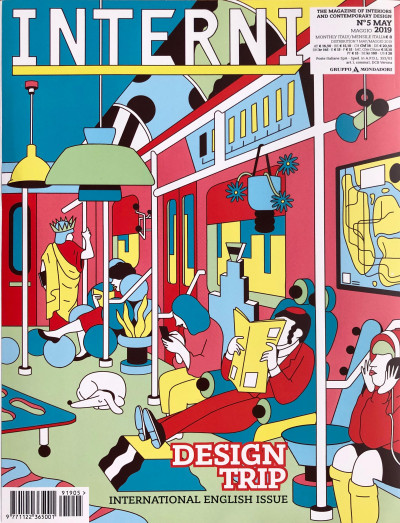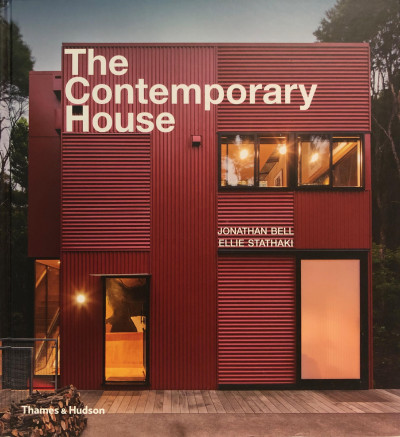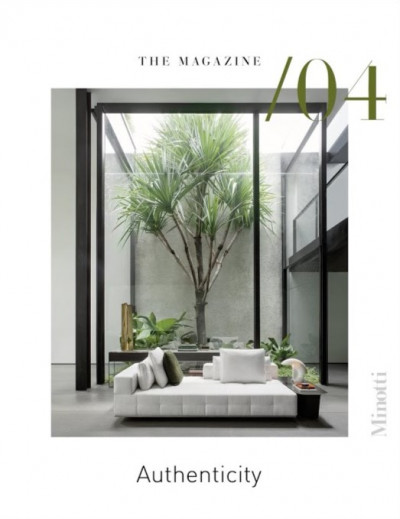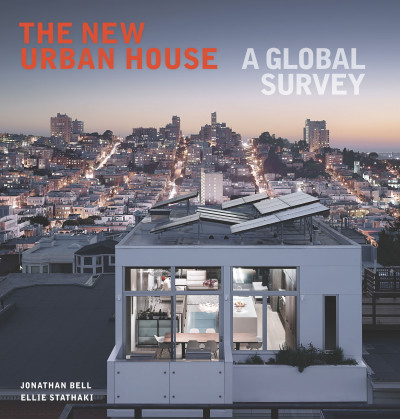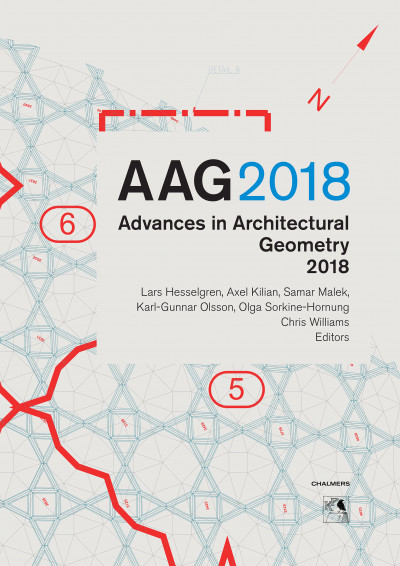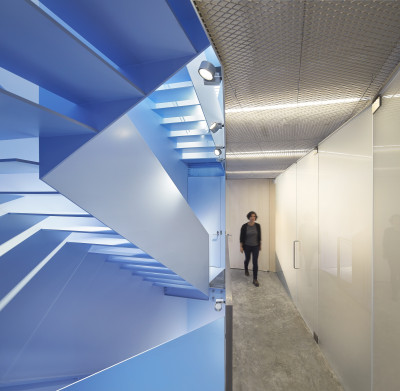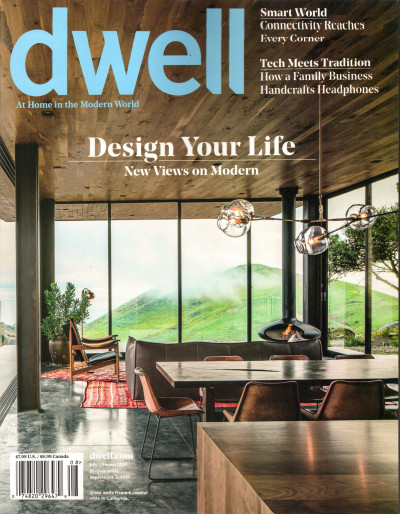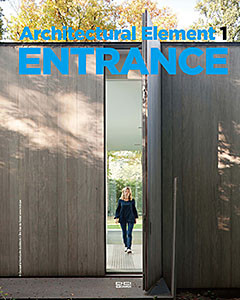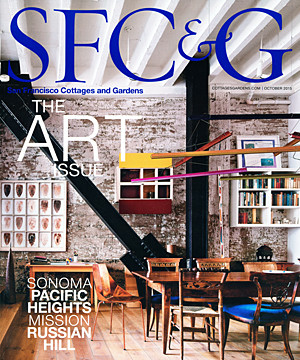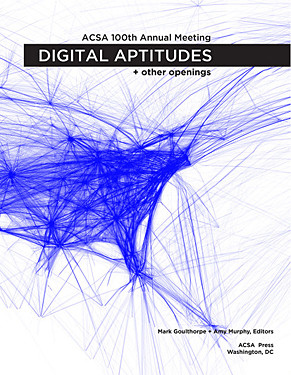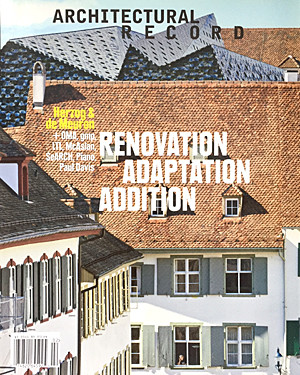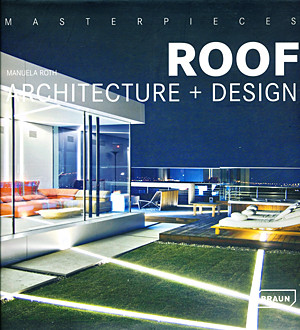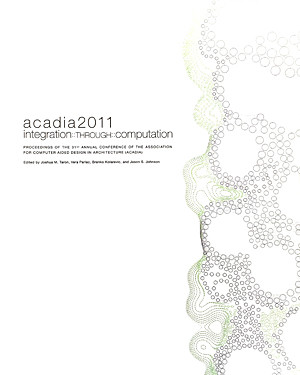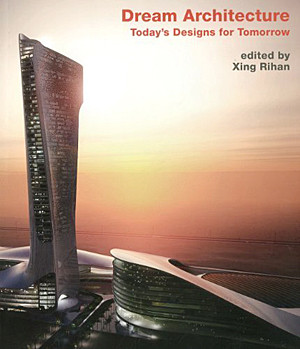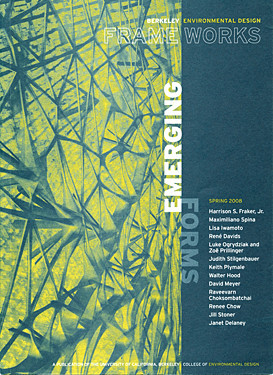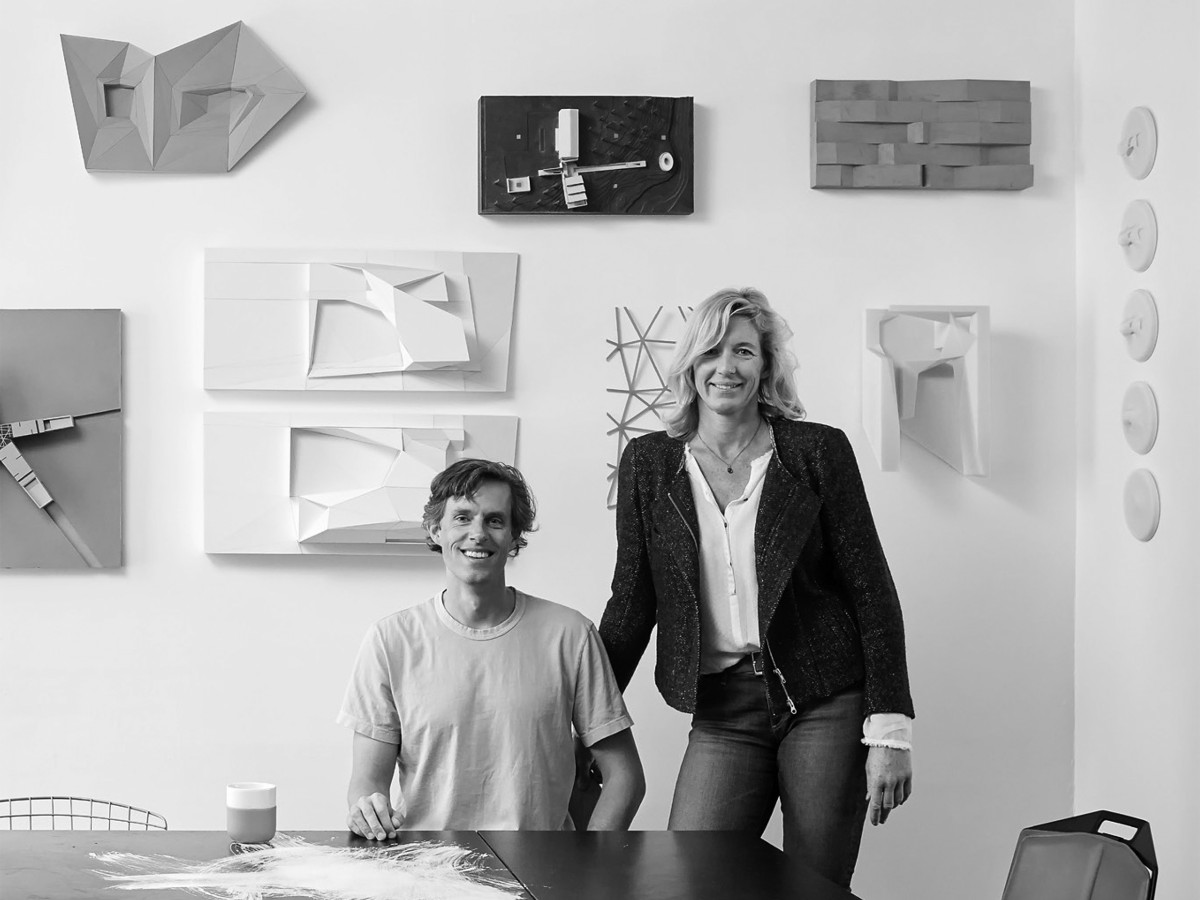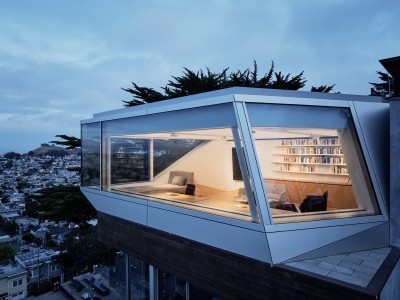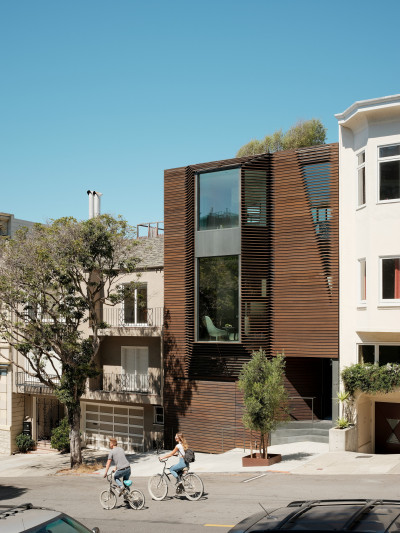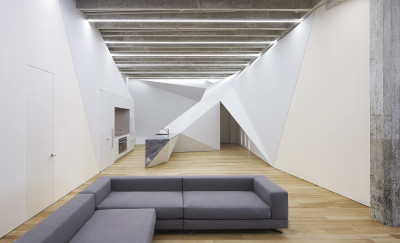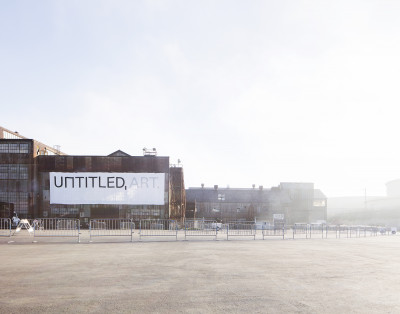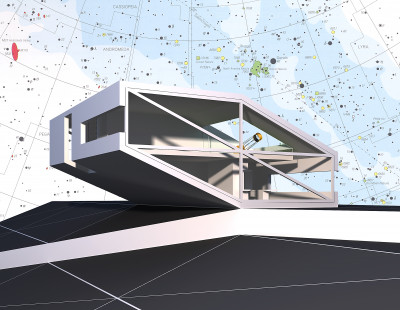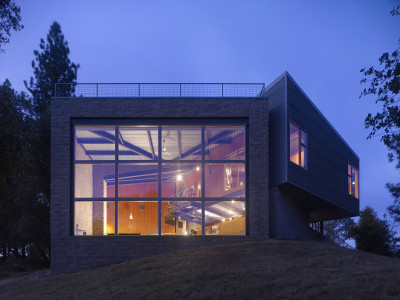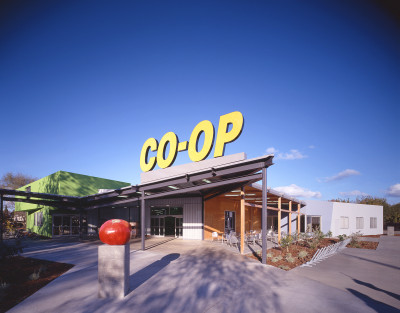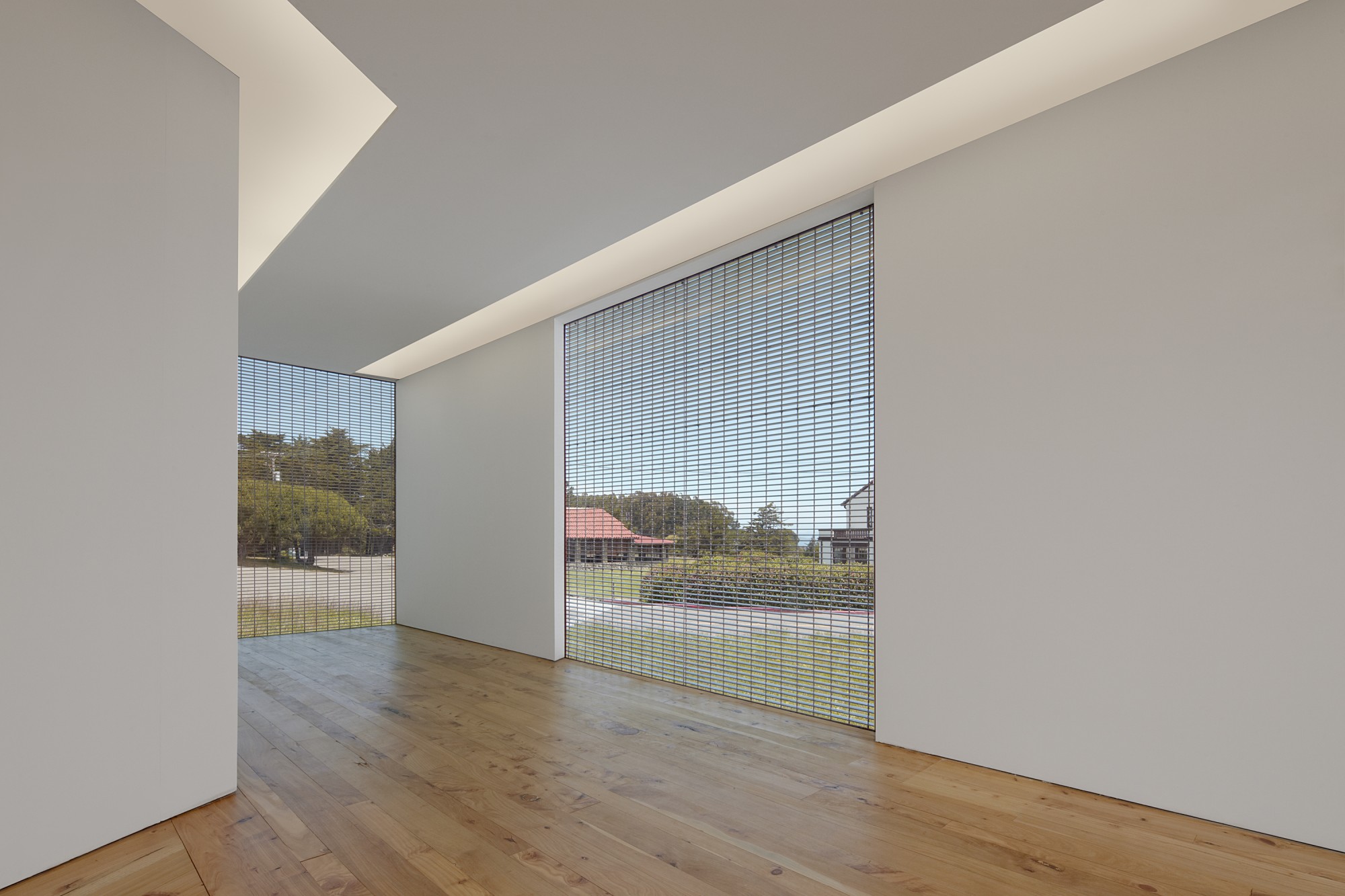TRISKELION began with three reclaimed shipping containers and the request to create within their confines a travelling exhibition pavilion for site-specific art. Inevitably, the project brief launched formal research regarding efficiency.
Shipping containers are highly efficient standardized forms implying a vast global network of transportation and commerce. When grouped at maximum efficiency they form a tightly packed three-dimensional Cartesian matrix; inside a standard container array, there is no wasted space. The downside of this spatial economy is a rather constraining architectural envelope. Not good for art display. A little waste was needed. As such, the initial design strategy considered various inefficient configurations – free from the relentless logic of the grid. Limiting the experiment to the arrangement of three bars, the project combines the organizational paradigms of a star and a simplex into a more complex figure: a TRISKELION. This figure maximizes perimeter surface area, creates an internal void, and implies rotation around a local center, along with a star-like axial extension along its three extending tips. Experientially, the resultant interior space produces a spinning effect. At any given point, one’s vision is split between competing axes; this creates the destabilizing effect of a bifurcated point of view – the experience of always looking awry. This seemed a good parallel to the client’s paradoxical request to make the nomadic pavilion site-specific.
The itinerant structure descended on its initial site near the Presidio’s landmark Log Cabin like an alien space ship, aligning one wing to frame views of the nearby Golden Gate Bridge. The three containers are set at 120-degree angles relative to each other, with the residual central triangular space acting as an atrium with a diffused skylight. Each shipping container is painted to a color reflecting the local Presidio context. The pavilion will be disassembled and reassembled in a different location for a new exhibition this year.
Designed for minimal impact on the existing site, the structure was manufactured off-site, and trucked to location in four loads (three containers composing the structure proper and one extra container for additional smaller parts). The on-site fabrication was limited to the assembly of these primary components and the following three pieces: access path, deck, and a foundation system of twelve 3 ½” diameter helical piers. The structural integrity of the existing containers provides most of the structural support within the space. Reinforced with minimal additional steel framing, the major components are bolted for assembly and disassembly. 100% daylit during normal operating hours, a photovoltaic array mounted on the roofs of the containers supplies the project’s low-energy electrical needs. All additional elements on the site - access paths to negotiate site grades, a deck and outdoor benches, were constructed using reclaimed materials from the Presidio.

